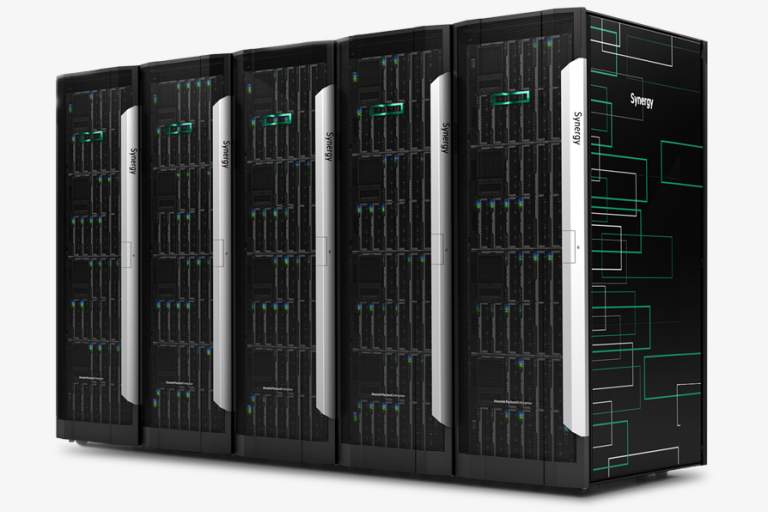Gain IT Agility With Composable Infrastructure
The needs of IT infrastructure continue to change due to emerging technology such as artificial intelligence and more. These powerful applications can completely transform infrastructure in a short period of time, making it necessary for enterprises to have flexible solutions to keep up. While utilizing the public cloud can be a viable option, it may not help solve the needs of IT infrastructure. Read on to see how composable infrastructure can assist in simplifying management and increasing IT agility.













